1. Blockbuster
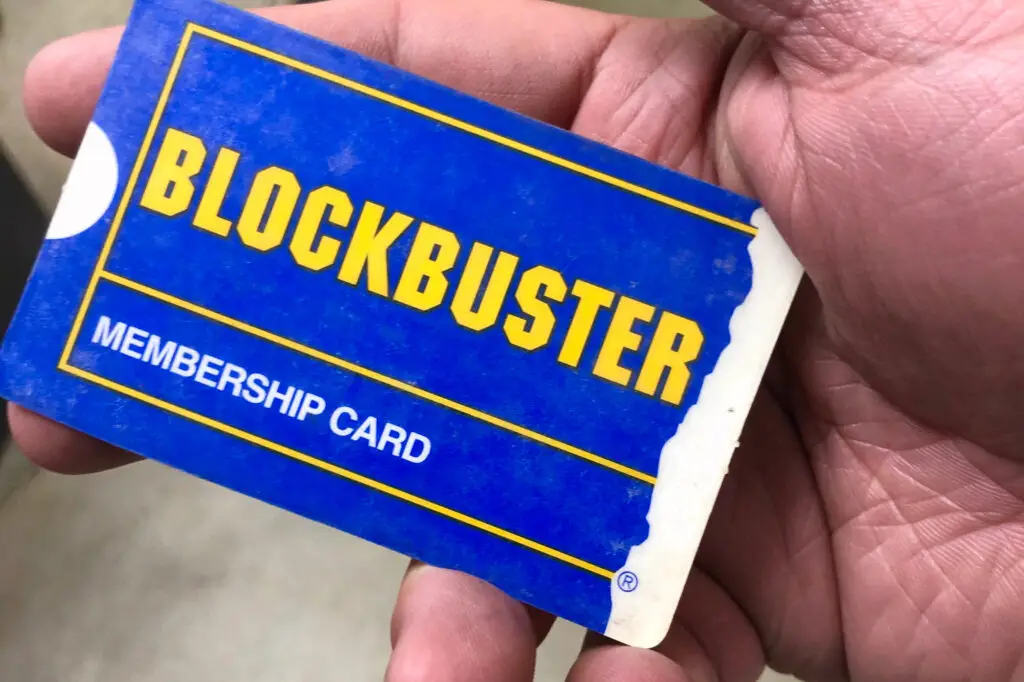
There was something magical about wandering the aisles of Blockbuster on a Friday night, trying to decide between a new release or a nostalgic favorite. You’d grab some popcorn at the counter, maybe a box of Milk Duds, and race home to start your movie night. But despite being a giant in the home video rental world, Blockbuster didn’t see the digital age coming fast enough. Netflix and streaming services crept in quietly, and before we knew it, Blockbuster stores were shuttering without much fanfare shares ScreenCrush.
Many of us didn’t even get one last rental before the lights turned off for good. One day the store was there, the next it was gone, replaced by a gym or a bank. The disappearance felt sudden, but the decline was slow and steady behind the scenes. Now, only one lonely Blockbuster remains in Bend, Oregon, acting more like a museum than a store adds The Spaces.
2. KB Toys
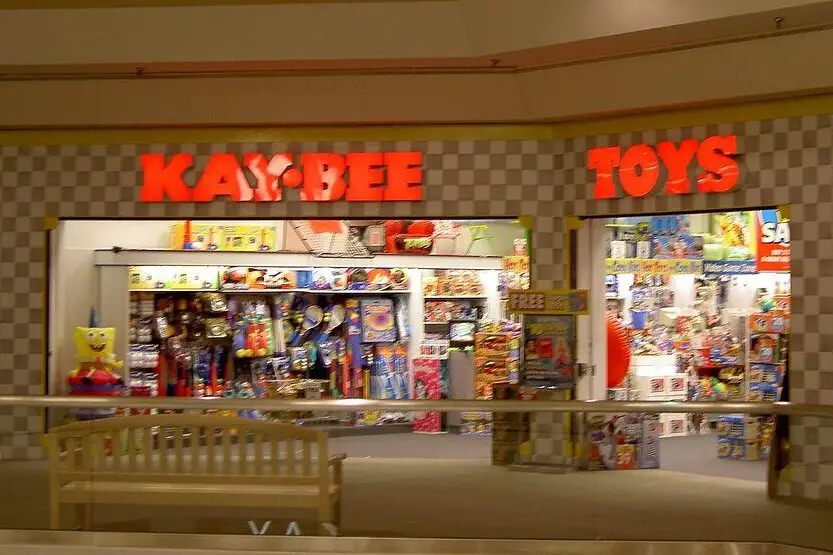
If you grew up in the mall era, KB Toys was a go-to stop on every visit. The toy-filled aisles were always a little chaotic, but in the best way—action figures, dolls, and remote-control cars stacked high. It felt like a smaller, more exciting version of Toys “R” Us, and it had a way of pulling kids in like a magnet. Then, somewhere along the line, the doors just didn’t open one day shares the Toy Book.
In 2008, the company filed for bankruptcy, and hundreds of locations quietly vanished from malls across America. There wasn’t a big farewell or a heartfelt goodbye sale. Just empty storefronts and confused shoppers wondering when it had closed. KB Toys tried for a brief comeback later, but it never recaptured the magic adds Retail Dive.
3. Linens ‘n Things

Linens ‘n Things had a cozy charm that made even buying dish towels feel like an event. It was the kind of store where you’d run in for a new pillow and walk out with three candles, a bathroom rug, and maybe a French press. For a while, it was a reliable spot for home goods and seasonal finds. But the competition from Bed Bath & Beyond and online shopping proved too strong.
The company filed for bankruptcy in 2008, and most locations quietly closed without much media buzz. Shoppers were surprised to show up and find the lights off, the shelves cleared. The online version lived on briefly, but it wasn’t quite the same. Without the in-store experience, it just didn’t have the same warmth.
4. The Limited
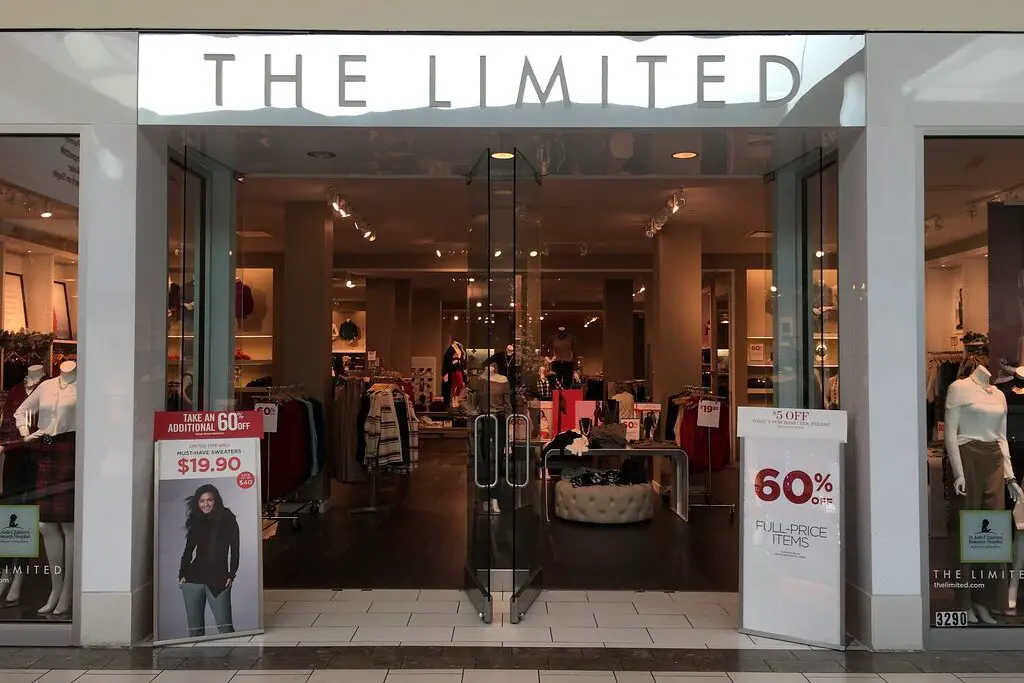
Once a fashion staple at the mall, The Limited was where many women turned for polished workwear and dependable staples. It was sleek, stylish, and somehow always seemed to have the perfect blouse for an interview or a first day. But sales dwindled as fast fashion and online retailers began to dominate.
By 2017, all brick-and-mortar stores were gone almost overnight. There wasn’t a long goodbye tour or a wave of nostalgia. Just signs in windows and clearance racks that disappeared too quickly. The brand was eventually bought and shifted online, but it lacked the heart of the in-person shopping experience.
5. RadioShack

RadioShack was the place your dad dragged you to if you needed a weird battery or a random cable, and it always smelled like electronics and cardboard. It was a haven for hobbyists, tech nerds, and anyone trying to fix something at home. But in a world moving quickly toward digital everything, RadioShack didn’t evolve fast enough.
The stores slowly disappeared without a lot of press, and many people didn’t notice until they needed something specific and realized the store was gone. A few franchise locations tried to hang on, but it was never the same. The heart of RadioShack—the slightly cluttered, totally unique shopping vibe—just vanished. No big sendoff, no farewell ads, just silence.
6. Mervyn’s
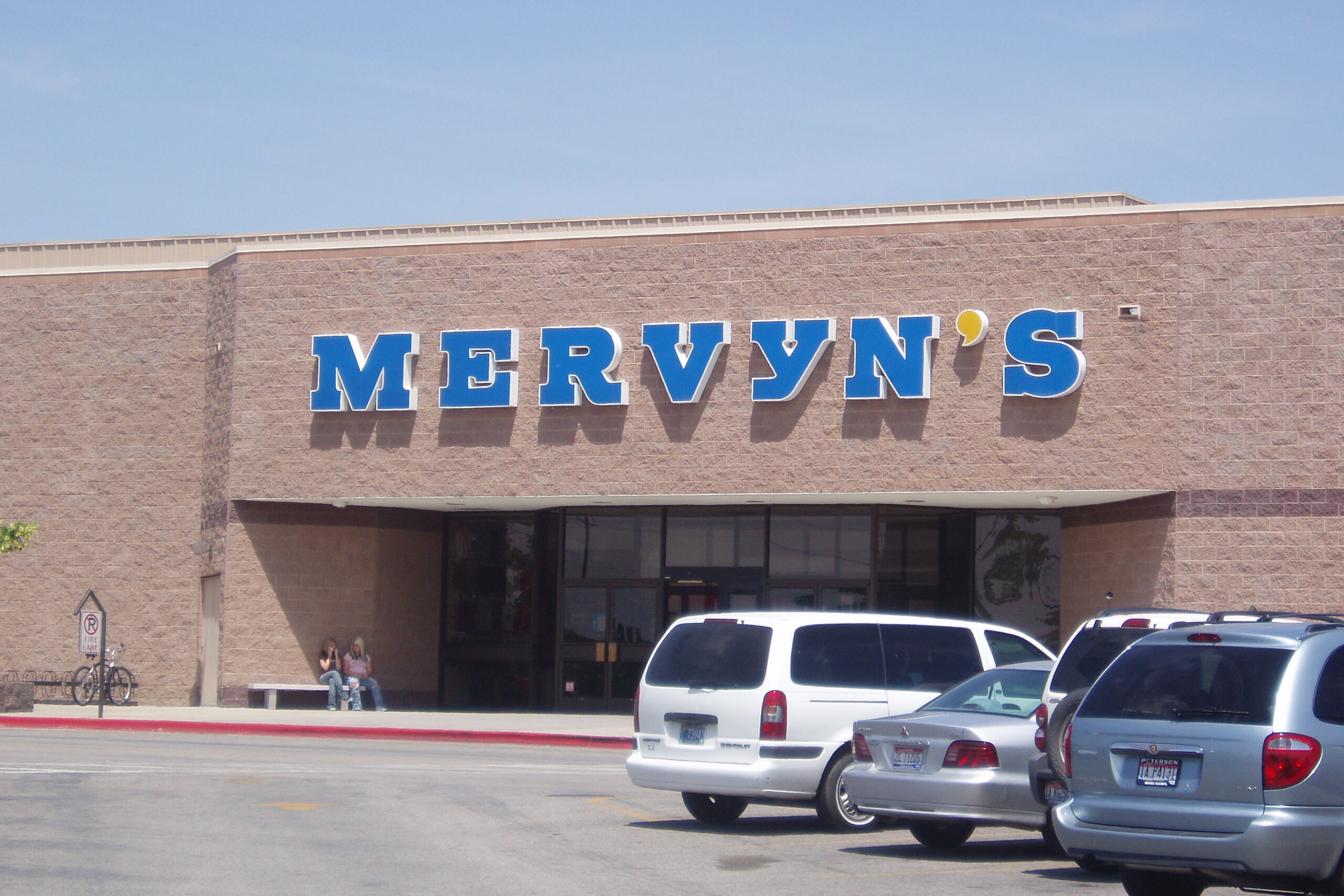
Mervyn’s was that middle-ground department store where you could find school clothes, bedding, and holiday sweaters all in one trip. It was unflashy but reliable, the kind of store that always seemed to have a sale going. For families, it was a practical stop, and its absence left a gap that hasn’t quite been filled.
In 2008, the chain quietly folded after filing for bankruptcy. Some locations closed so suddenly that employees barely had time to pack up. One week it was there, and the next it was just an empty shell. For longtime shoppers, it felt like the store just ghosted them.
7. Borders
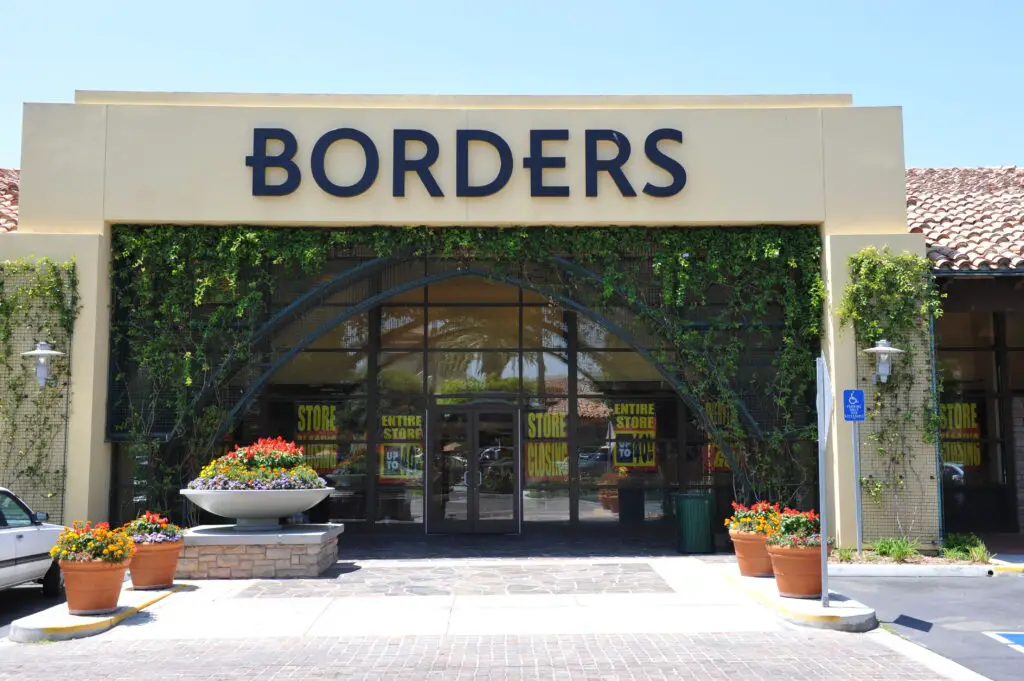
Before Amazon was a household name, Borders was the place to browse books for hours without judgment. You could sip a coffee, flip through the latest bestseller, and listen to the overhead music that always seemed oddly soothing. It was a haven for book lovers who preferred to flip pages before buying. But Borders missed the digital transition and couldn’t compete with online prices.
In 2011, it closed its doors after more than 40 years in business. The closures happened quickly, and many shoppers didn’t get the chance to say goodbye to their local store. It wasn’t just about the books, it was the experience of being surrounded by them. Losing Borders felt like losing a friend who moved away without telling you.
8. Sports Authority
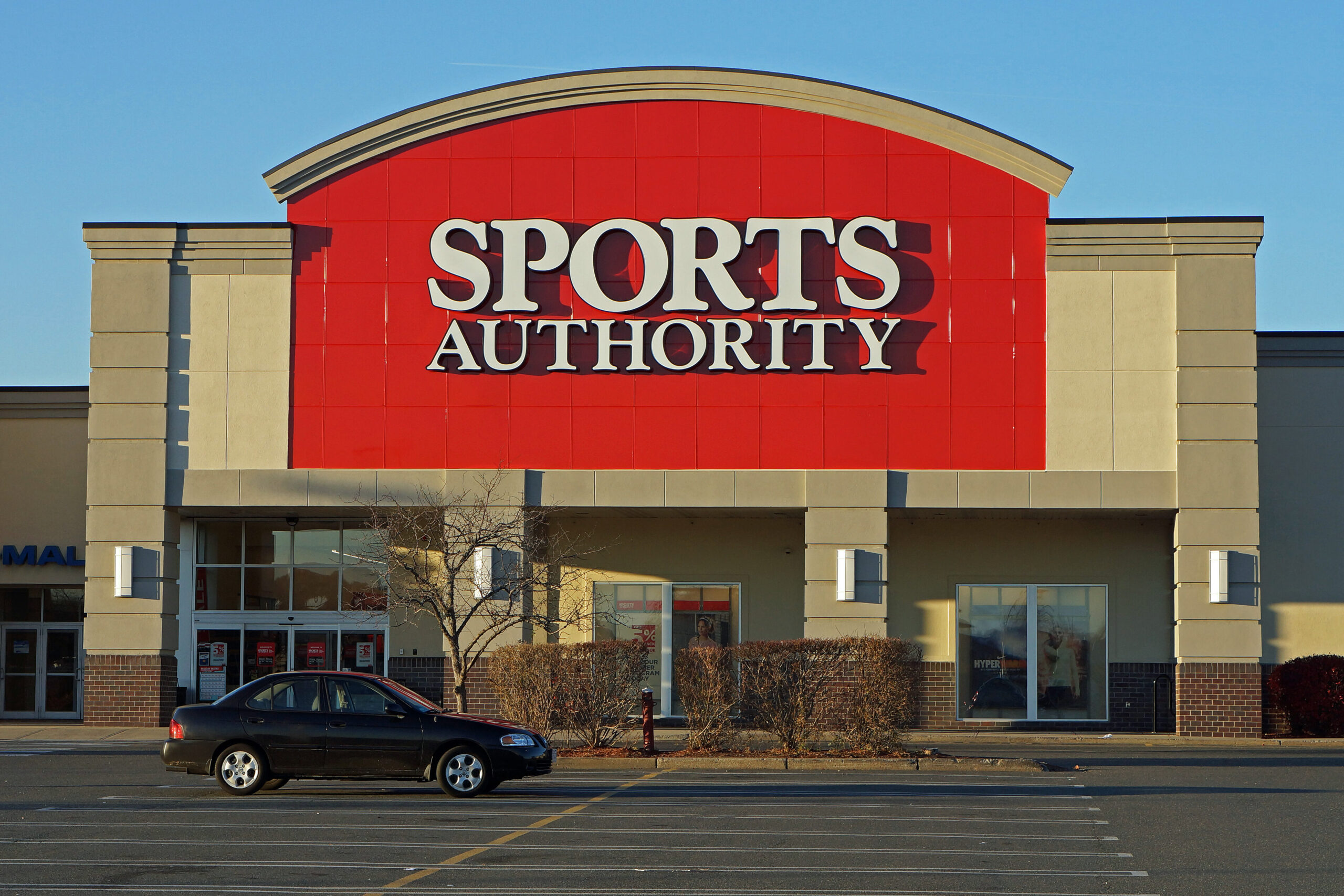
Sports Authority had everything from cleats to camping gear, and for athletes and weekend warriors alike, it was a staple. It was often the place you’d visit right before a big game or a summer trip, stocking up on everything you didn’t know you needed. But as online giants took over, Sports Authority began to lag behind.
In 2016, it declared bankruptcy and began closing stores quietly across the country. Many people didn’t realize it was gone until they showed up to a locked door. No flashy farewell or emotional exit, just an industry giant disappearing into thin air. The brand name was sold off, but the stores never returned.
9. A&P
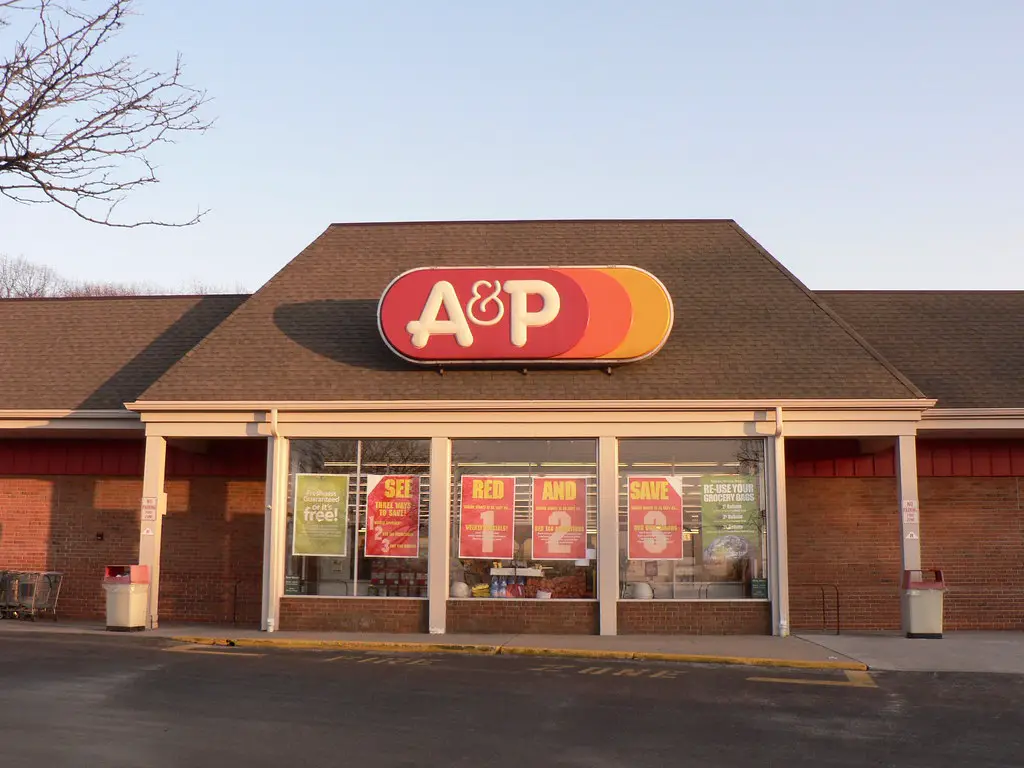
For over 150 years, A&P was a grocery store giant, especially in the Northeast. It had a comforting old-school feel and was a familiar part of many childhoods. You probably remember your parents dragging you through those aisles or picking up a birthday cake there. But as newer, shinier grocery chains moved in, A&P struggled to keep up.
After multiple bankruptcies, the final one in 2015 led to a quiet fade-out. Stores began closing without much attention, and shoppers were left to find new routines. It felt like losing a neighborhood institution, not just a place to buy milk. The silence around its disappearance made it sting a little more.
10. Woolworth’s
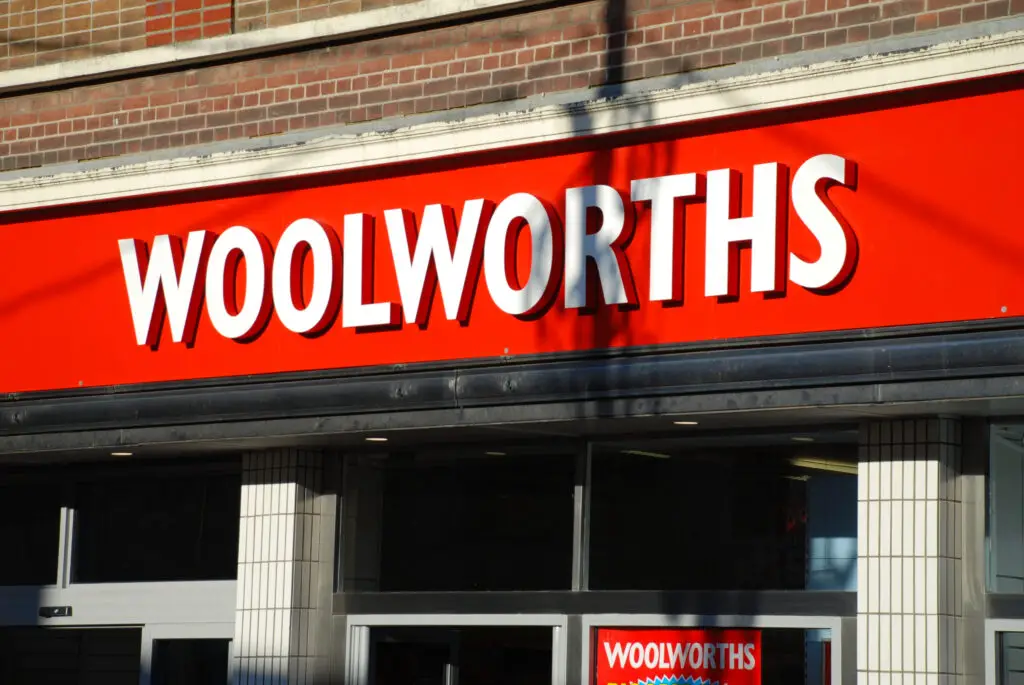
Woolworth’s was once the king of five-and-dime stores, offering everything from lunch counters to sewing kits. It was one of the first big national chains and felt like a one-stop shop for everyday life. People went there for snacks, stationery, and even small appliances. But by the ’90s, shopping habits changed, and Woolworth’s couldn’t keep up.
In 1997, it closed its last U.S. stores, and many regulars never got the chance to say goodbye. The buildings often lingered, empty and echoing, before being repurposed or torn down. The international arm still exists in places like Australia, but the American version simply faded out. A store that once defined retail slowly vanished without a proper sendoff.
11. Bealls (outside of Florida)
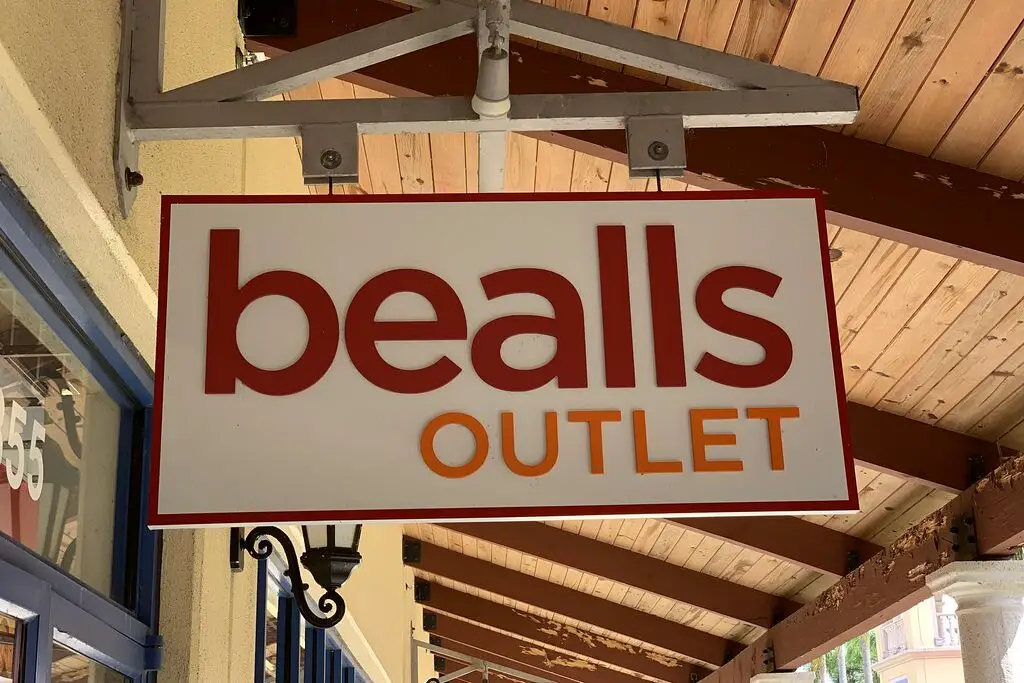
Bealls was one of those regional department stores that quietly served countless communities. If you didn’t have one near you, you probably never heard of it—but for those who did, it was a go-to for clothing and household basics. It was especially popular in small towns where options were limited. But financial trouble and shifting retail habits led to a wave of quiet closures.
Outside of Florida, most Bealls stores closed without much warning or explanation. One day it was there, the next it wasn’t, and locals were left wondering what happened. The Florida version still operates, but it feels like a different brand entirely. For shoppers in other states, Bealls just disappeared without a single goodbye.
12. Toys “R” Us
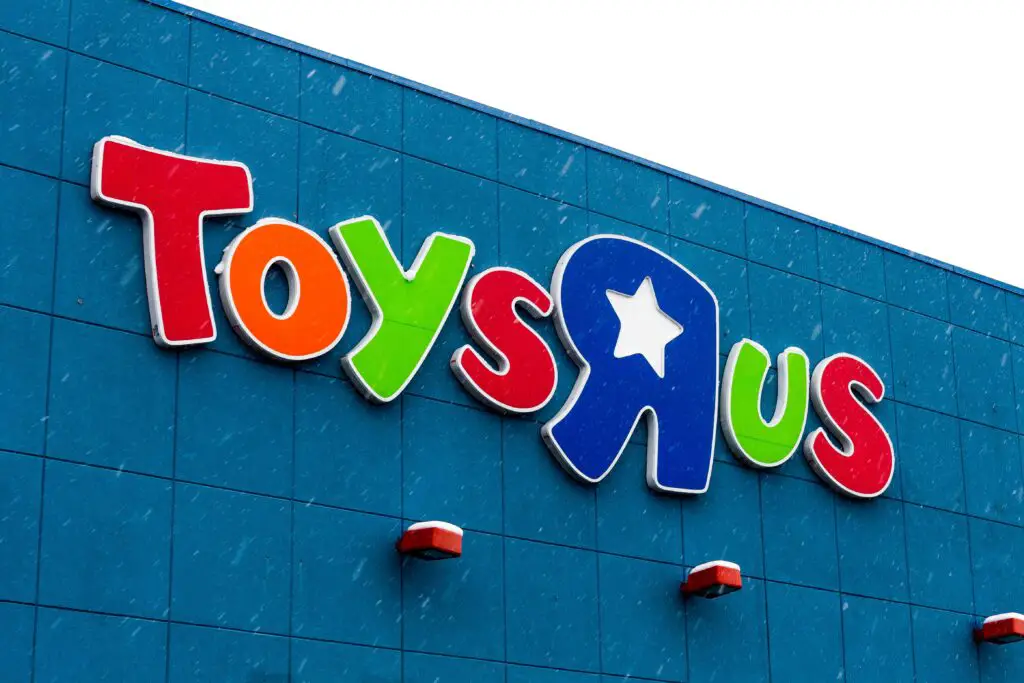
“I don’t wanna grow up, I’m a Toys ‘R’ Us kid”—that jingle still lives in many of our heads. For decades, the store was a dream come true for children, a place where aisles stretched endlessly with every toy imaginable. But debt and competition slowly chipped away at the once-unstoppable chain. The company eventually filed for bankruptcy in 2017.
The stores began closing quietly, and many of us didn’t realize it was the end until Geoffrey the Giraffe posted a goodbye on social media. Even though a small revival effort brought back a couple of locations, it was never the same. The magic felt forced, like someone trying to relive childhood but missing the sparkle. The original Toys “R” Us spirit never truly came back.
13. Payless ShoeSource
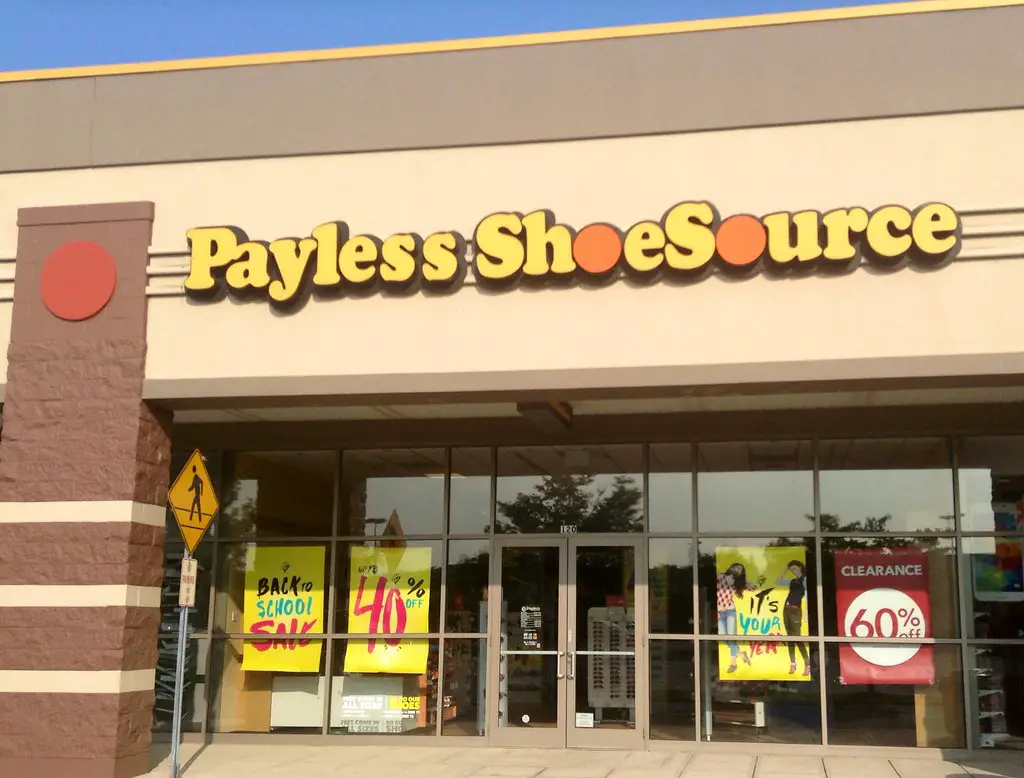
Payless was never fancy, but it was dependable, especially for families on a budget. You could find sneakers for the kids, heels for a wedding, and maybe even a purse or two without breaking the bank. But even affordable options have a hard time competing when online convenience takes over. Payless filed for bankruptcy in 2017, then again in 2019.
The store closures were swift and a little heartbreaking. Walking past those darkened storefronts felt like the end of an era. They tried an online-only comeback, but it didn’t stick. For many shoppers, Payless didn’t just disappear, it slipped away without even waving goodbye.
